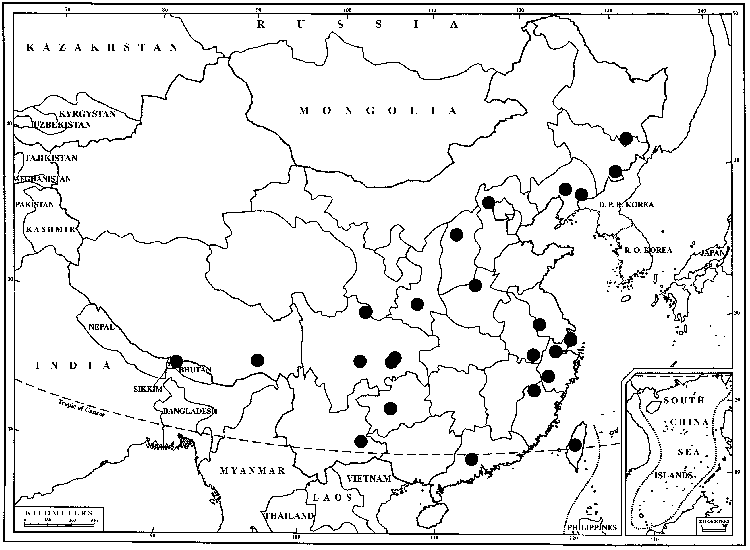Difference between revisions of "Trichostomum brachydontium"
Flora 12: 393, plate 3. 1829,.
FNA>Volume Importer |
imported>Volume Importer |
||
| (One intermediate revision by the same user not shown) | |||
| Line 47: | Line 47: | ||
|publication year= | |publication year= | ||
|special status= | |special status= | ||
| − | |source xml=https:// | + | |source xml=https://bitbucket.org/aafc-mbb/fna-data-curation/src/2e0870ddd59836b60bcf96646a41e87ea5a5943a/coarse_grained_fna_xml/V27/V27_707.xml |
|subfamily=Pottiaceae subfam. Trichostomoideae | |subfamily=Pottiaceae subfam. Trichostomoideae | ||
|genus=Trichostomum | |genus=Trichostomum | ||
Latest revision as of 21:27, 5 November 2020
Stem rounded-pentagonal in section. Leaves flattened, ovate to elliptical, distal margins plane or weakly erect, entire, not bordered; apex rounded or rounded-acute, plane to weakly concave, keeled or cucullate; basal cells evenly differentiated across leaf base or as a U, only weakly running up margins if at all, not distinctly enlarged submarginally; distal laminal cells pluripapillose with low papillae; mucro short-conic to stout and narrowly tapering, of 3–6(–10 or more) cells. Sexual condition dioicous. Peristome teeth absent, rudimentary or short-lanceolate.
Habitat: Rock, soil
Elevation: low to high elevations
Distribution

N.S., Ala., Alaska, Calif., Tenn., Tex., Mexico, West Indies, Central America, South America, Eurasia, Africa, Atlantic Islands, Indian Ocean Islands, Pacific Islands (New Zealand), Australia.
Discussion
Trichostomum brachydontium is similar to Hyophila involuta in leaf shape and other characters, and sometimes likewise lacks a peristome. The leaves in section often show clearly the adaxially bulging distal cells characteristic of H. involuta, which, however, lacks the laminal papillae superimposed on the mammillae, and is hygrophytic. It is also quite like Tortella humilis when sterile but may be often be distinguished by its more elongate stems, less crowded leaves, which are not fragile (often fragmenting in squares in Tortella humilis), stronger mucro, and somewhat less obvious proximal V of hyaline cells. From Trichostomum tenuirostre, it is immediately distinguished in aspect by its somewhat broader leaf apex and less evident extent of differentiated basal cells. Specimens with short-conic mucros and without sporophytes can be assigned at least tentatively to this species on the rationale that the similar but autoicous Trichostomum planifolium commonly has sporophytes or at least antheridial buds, and the dioicous Weissia inoperculata is extremely rare and possibly introduced. The leaf apex is commonly reflexed, but occasionally slightly cucullate as in Trichostomum crispulum. Although the excurrent costa usually ends in a short-conic apiculus, it can approach (for example, in Tennessee, Norris 17134, MO) in robust specimens the narrowly tapering short awn of robust South American collections.
Selected References
None.